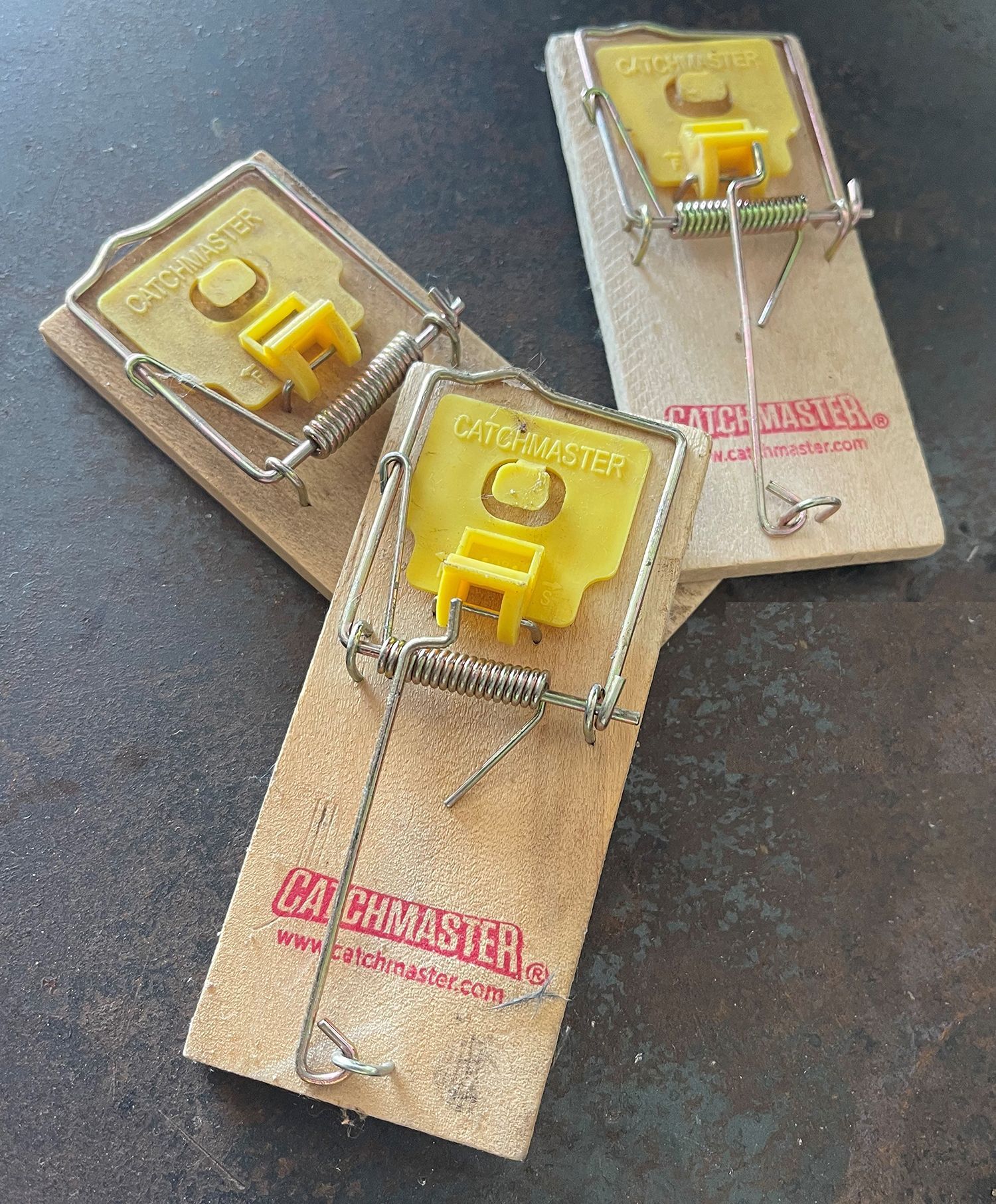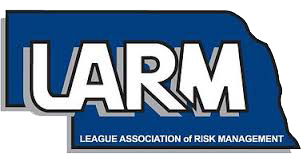
As the weather cools off, rodents are looking for warmer places to live, which means they are trying to enter nearly every building in Nebraska.
Common house mice or field mice that infest shops, offices, and treatment plants, are said to be the most invasive species in the world mostly because of how often they reproduce. Six mice can quickly multiply to more than 60 mice in three months. It doesn't help that the lifespan of a mouse is about one year. Warmer temperatures and milder winters have also contributed to an upsurge in the mouse population.
How important is it to control mice infestation in buildings? No one likes to look up and see a mouse crawl along the bottom of a wall or think of mice walking across desks in the middle of the night. More concerning are the health dangers that mice bring to any workplace.
Hantavirus is a life-threatening disease from infected mice's urine or droppings. In 2012, ten people were infected, and three died from exposure to droppings infected with hantavirus in cabins at Yosemite National Park. Salmonellosis is another serious disease spread through rodent feces. Mice also can carry ticks and fleas into a workspace.
Not only do mice potentially spread disease, they can also be incredibly destructive. Since mice have ever-growing incisors, they must continually gnaw on items. Mice will chew through wires, cables, wood, and even electrical wires. They can make large holes in any canvas or soft items and have been known to eat through siding.
It's vital that mice infestation in any building is taken seriously.
If feces are spotted in a shop or office, it's a good possibility there is a mouse infestation; it's been said that if one mouse is spotted, there are probably ten more in the area. Even if there aren't any signs of infestation, steps must be taken to ensure mice won't move into municipal buildings.
Search a building inside and out for any holes, cracks, or crevices that a mouse might use to enter. Extermination experts say that mice can squeeze through holes the size of the width of a pencil. Use caulk or use steel wool to plug any of these holes.
Mice can also enter through improperly sealed sewer lines.
Many shop doors are kept open throughout the day, making an easy move inside for rodents.
It is not recommended to use mouse poison in any public space where humans or pets could ingest it.
Traps should be used inside and outside of the buildings in locations along walls and behind trash cans. Many traps are available, including simple spring-loaded mouse traps and box traps.
Don't store uncovered food in a workspace. Always have it in a sealed container.
Do some housekeeping in storage areas. Piles of rags provide the perfect habitat for mice. The cleaner and more organized the site, the easier it is to spot and trap mice.
It may be wise to hire an exterminator to prevent and rid buildings of rodent infestation. They are experts in detecting where mice may be entering a building. Exterminators also know the ideal areas to set up and handle traps.
Take rodent control seriously as the health and safety of citizens and staff may depend on it.
